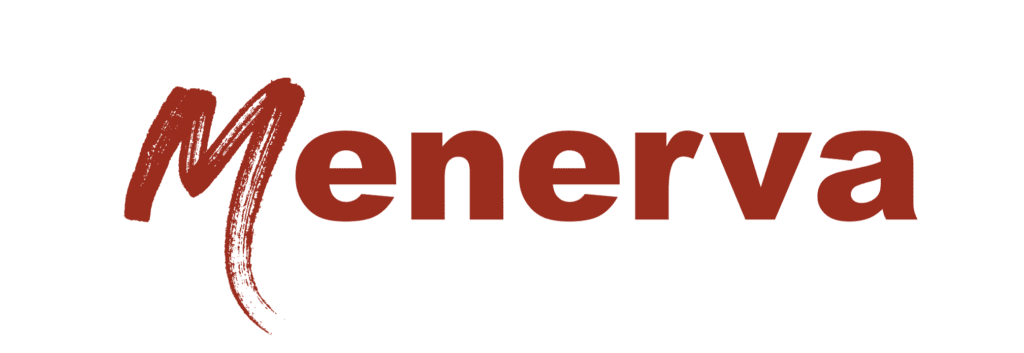404 Error Defined
At its core, a 404 error is a standard HTTP response code that means the server could not find the specific resource the client requested. However, the reason behind this absence can vary, ranging from the resource being removed or moved without proper redirection to the user mistyping a URL. Understanding 404 errors is crucial for webmasters and content creators as it underscores the dynamic nature of web content and the importance of meticulous site management.
How 404 Errors Happen
A 404 error pops up when the webpage a user attempts to access cannot be found on the server. This typically happens for several reasons:
- a page may have been deleted or moved without updating the internal or inbound links, leading to a broken link
- the user may have mistyped the URL
- the page never existed
- the server may be misconfigured
- the site structure was changed without proper redirects
Understanding these common causes can help prevent and quickly resolve 404 errors, ensuring a smooth user experience.
Impacts of 404s
User Experience
In today’s competitive digital space, businesses want to do everything they can to optimize user experience (UX). You can have the latest, greatest UX design, but if not properly handled, 404 errors can be a significant hindrance to your user experience. That’s because a user encountering a 404 error might feel lost, frustrated, or even distrustful towards the website, potentially leading to a higher bounce rate and a lower engagement level. However, by customizing 404 pages to provide helpful links, search options, or even a touch of humor, businesses can mitigate 404 errors’ negative impacts and maintain a positive user experience.
Rankings
404 errors signal to search engines that a page on your website no longer exists or cannot be found. Search engine algorithms treat a 404 error as a dead end for indexing efforts. Pages that return a 404 status code are effectively invisible to search engines regarding rankings because they cannot index or rank what they cannot access or analyze. While a few 404 errors might not immediately impact a site’s overall ranking, a significant number of such errors can be problematic. Search engines translate these errors as a lack of site maintenance or a poor user experience, potentially leading to a decrease in the site’s credibility and trustworthiness. Regularly auditing your site for 404 errors and fixing broken links are crucial steps in maintaining optimal site health and ensuring that all valuable content remains accessible and rankable.
Visibility
The goal of search engines is to provide users with the most relevant and valuable content. So, when they encounter 404 errors, they interpret these as dead-ends that offer no value to users and choose not to display these pages in search results. Furthermore, many 404 errors can indicate a poorly maintained site, which search engines might deem less reliable or of lower quality compared to well-maintained sites. This perception can affect the overall visibility of the website, not just the pages with 404 errors. Ensuring a seamless navigation experience by minimizing or eliminating 404 errors can help maintain and enhance a site’s visibility in SERPs. By redirecting outdated links to relevant content or updating the site’s structure, businesses can safeguard their site’s accessibility, enhancing its appeal to both users and search engines, thereby preserving its visibility and effectiveness in attracting organic traffic.
Identifying 404 Errors on Your Website
To offer a seamless user experience and ensure search engines can effectively crawl and index your content, you must identify 404 errors. There are several tools and techniques available to help you discover these errors, enabling you to address them promptly:
- Google Search Console: This free tool from Google is invaluable for website owners. It not only helps you monitor your site’s performance in Google Search but also reports crawl errors, including 404s. The “Page Indexing” report lists pages that return a 404 status, enabling you to take corrective action.
- Crawl Software: Tools like Screaming Frog SEO Spider, Ahrefs, and SEMrush offer website crawling features that simulate how search engines crawl your site. These tools can identify 404 errors by showing which links on your site lead to non-existent pages. This is particularly useful for large sites with thousands of pages.
- Website Analytics: Platforms like Google Analytics can help you spot 404 errors by setting up a custom report or alert for 404 pages. That way, you can track the pageviews of your custom 404 page (assuming you have one set up) to see how often users access it.
- Manual Checks: While less efficient for large sites, manually checking your website by reviewing internal links, especially after making significant changes to the site structure or content, can help spot broken links that may lead to 404 errors.
By regularly utilizing these methods to find and fix 404 errors, you can improve your site’s usability and SEO performance while keeping both users and search engines happy.
404 Errors & SEO: Navigating the Challenges
From an SEO perspective, 404 errors present opportunities as well as challenges. While these errors do not directly harm a website’s search engine rankings, they can indirectly affect SEO through user engagement metrics and link equity. Websites with a seamless, efficient user experience are prioritized by search engines, making it essential for SEO strategies to address and minimize 404 errors.
Strategies for Managing 404 Errors
Effectively managing 404 errors involves a proactive and strategic approach, including regular audits to identify broken links, implementing proper redirects, and creating custom 404 pages that align with the site’s branding and user experience goals. These practices not only enhance site navigation but also contribute to maintaining and potentially improving SEO performance.
Turning 404 Pages into Opportunities
Believe it or not, 404 pages can actually be transformed into strategic assets. Why would you want to do that? Make your 404 pages creative and engaging to captivate your users, and they’ll explore other areas of the site instead of leaving. Help your users out by including calls-to-action (CTAs) to guide them back to relevant content or contact pages— turning a potential exit by a frustrated user into an engagement opportunity.
A good 404 page effectively balances informing the user about the error and guiding them back to relevant content, minimizing frustration and retaining their interest. It often includes a clear, friendly explanation of the error, a search bar, navigation links to popular or main sections of the site, and a touch of humor or brand personality to lighten the mood.
Amazon’s 404 page stands out by featuring adorable dogs and providing a link to their homepage, which is critical for keeping the visitor engaged and within the Amazon ecosystem.

Levi’s 404 page excels with its clarity and brevity, offering users easy navigation to category pages and enhancing the overall user experience.

How Menerva Digital Can Help
404 errors play a surprisingly significant role in the digital user experience and SEO landscape. By understanding their origins, impacts, and management strategies, businesses can turn potential obstacles into opportunities for engagement and improvement. And with the expertise of an award-winning SEO agency like Menerva Digital, navigating the complexities of SEO and maximizing online potential is what they do best.
Unlock the mystery of your 404 errors by letting Menerva Digital be your guide to not just solving the mystery but also unlocking the full potential of your website and online presence. Explore Menerva’s enterprise SEO services today and take the first step towards transforming challenges into opportunities for growth and success.





